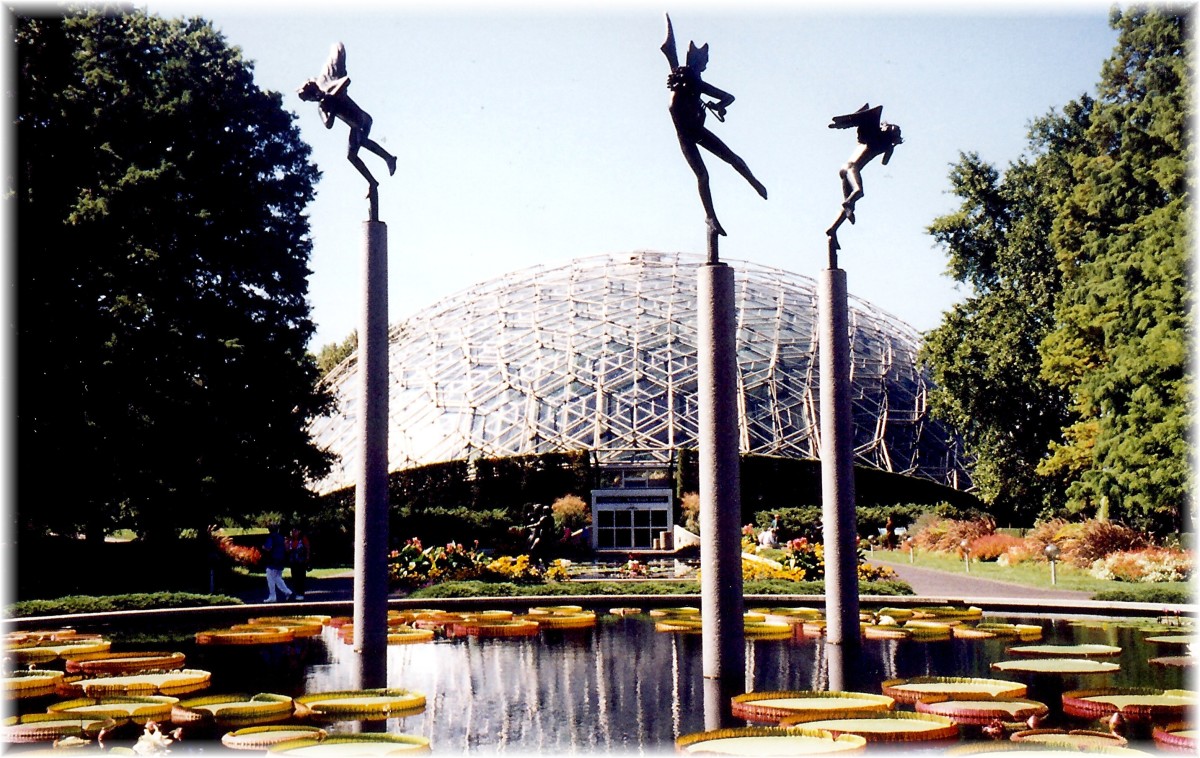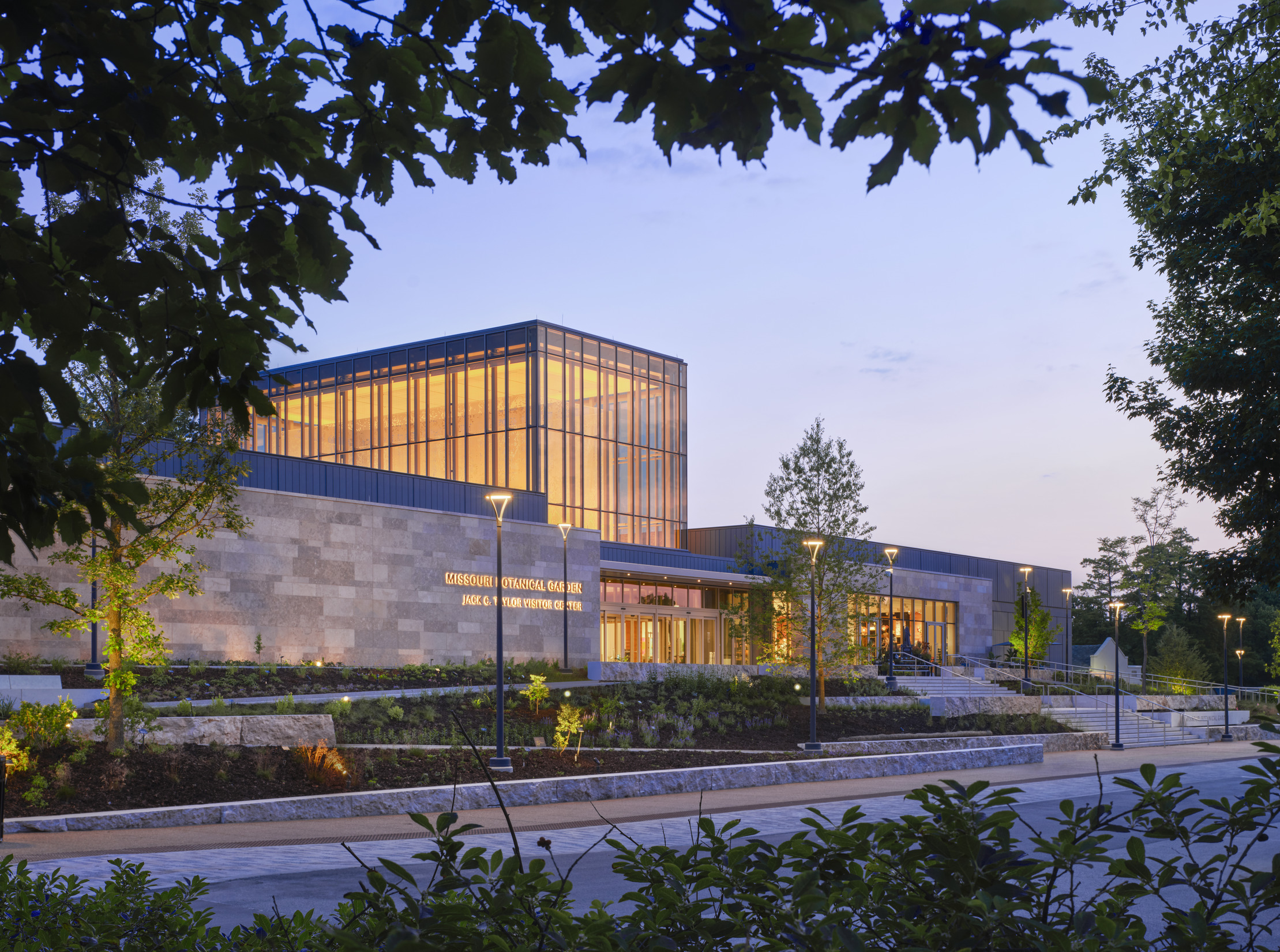Planning Your Visit to Missouri Botanical Garden: Optimal Time to Explore the Grounds
Planning Your Visit to Missouri Botanical Garden: Optimal Time to Explore the Grounds
Blog Article
Discover the Tricks Behind Missouri Arboretum's Fame in Shiloh
The Missouri Arboretum in Shiloh, renowned for its outstanding appeal and historic relevance, supplies a complex tapestry woven from its beginning in 1859 by Henry Shaw to its contemporary role in environmental conservation. Including impressive plant collections, including the elegant Japanese Yard and the ingenious Climatron ® conservatory, the Garden stands as a testament to both nature and science. As we discover its complex payments to neighborhood interaction and conservation, one must consider just how these components jointly enhance its credibility as a premier destination for nature fanatics. What hidden elements really elevate its standing?
Rich Background of the Yard
What makes the Missouri Arboretum a cornerstone of gardening history? Developed in 1859 by Henry Shaw, the Missouri Arboretum has played an essential role beforehand herb study and education. Shaw's vision was to produce a space where individuals could engage with nature and increase their understanding of plants, a mission that has actually endured for over 160 years.

Throughout its history, the Yard has held significant botanists and scientists, facilitating groundbreaking research studies that have formed the area. It has actually likewise functioned as an educational center, using programs and resources that motivate future generations of green thumbs and environmental stewards. As a National Historic Landmark, the Missouri Arboretum remains to be a beacon of gardening excellence and a testimony to the enduring partnership in between people and the all-natural world.
Unique Plant Collections

Furthermore, the Yard is home to a remarkable collection of tropical plants, housed within the Climatron, an innovative geodesic dome that mimics a jungle environment. Here, visitors can encounter rare orchids, meat-eating plants, and a variety of hands that show the rich biodiversity of tropical communities.
The Garden also emphasizes the conservation of native plant species through its extensive indigenous plant collection, that includes numerous local plants that support local wild animals. This commitment to showcasing and safeguarding unique plant varieties makes certain that the Missouri Botanical Yard remains a crucial resource for study and education and learning in agricultural sciences, attracting both fanatics and scholars alike.
Cutting-edge Conservation Efforts
Ingenious conservation efforts at the Missouri Botanical Yard mirror a proactive method to environmental stewardship and sustainability. The yard uses cutting-edge techniques and research study to secure biodiversity and recover ecosystems. One of the vital campaigns includes the establishment of the Center for Conservation and Sustainable Development, which concentrates on protecting unusual and endangered plant types with seed financial, breeding, and environment restoration.
Additionally, the garden collaborates with local and global partners to implement conservation strategies that address climate change and environment loss - Missouri Botanical Garden hour. By utilizing sophisticated modern technologies such as remote noticing and geographic info systems (GIS), the garden is able to check plant populaces and analyze environmental stability
Furthermore, the Missouri Arboretum actively takes part in ex-situ conservation programs, which involve growing jeopardized types in controlled environments to guarantee their survival. These initiatives are complemented by extensive public education and learning projects to increase awareness concerning the value of plant conservation.
Through these cutting-edge methods, the Missouri Arboretum not just safeguards its special plant collections however also plays an essential duty in promoting a more lasting future for global biodiversity (Missouri Botanical Garden hour). Such initiatives exhibit the yard's commitment to leading in preservation scientific research and practice
Area Interaction Programs
Community interaction programs at the Missouri Arboretum work as an important link in between the organization and the general public, promoting a much deeper gratitude for plant conservation and environmental sustainability. These campaigns aim to attach diverse neighborhoods through academic workshops, volunteer chances, and outreach events, ensuring that people of every ages and backgrounds can take part in the garden's mission.
One significant program is the "Garden in the Neighborhood," which brings horticultural education and learning directly to regional neighborhoods. This campaign my review here not only supplies hands-on horticulture experience but likewise advertises the significance of biodiversity and neighborhood communities. In addition, the yard offers tailored programs for schools, engaging pupils with interactive educational programs that straighten with academic requirements while emphasizing the relevance of ecological stewardship.
Moreover, the Missouri Botanical Garden proactively collaborates with neighborhood companies to host public events such as plant sales, celebrations, and academic workshops. These occasions offer to develop a sense of community while highlighting the yard's role in preservation efforts. By fostering these links, the garden not only improves regional involvement yet additionally cultivates a shared commitment to preserving our natural heritage for future generations.
Visitor Experiences and Destinations
Visitor experiences at the Missouri Botanical Garden are thoughtfully designed to engage and inspire individuals of every ages. The yard includes a varied variety of attractions, consisting of diligently curated plant collections, themed yards, and seasonal display screens that highlight the elegance of nature throughout the year.
Among the standout functions is the Climatron ® conservatory, which houses a tropical rainforest atmosphere, permitting site visitors to immerse themselves in a lush community full of exotic plants and vibrant wild animals. In addition, the Japanese Yard supplies a peaceful retreat, showcasing conventional landscaping, koi fish ponds, and serene pathways that invite reflection.
Curriculum and directed tours improve the site visitor experience, offering insights right into horticulture, preservation, and sustainability. Households can also enjoy interactive displays at the Butterflies and Blooms pavilion, where they can observe butterflies up close in a regulated habitat.
Unique events, such as seasonal events and art installations, better improve the garden's charm, attracting site visitors from across the area (Missouri Botanical Garden hour). Eventually, the Missouri Botanical Yard stands as a testament to the elegance of nature and the value of conservation, making it a cherished location for all that seek ideas
Final Thought
The Missouri Arboretum in Shiloh stands as a testimony to the linked tradition of gardening excellence and preservation. Its rich history, highlighted by distinct plant collections such as the Japanese Garden and Climatron ® conservatory, highlights its importance as a National Historic Spots. Through cutting-edge preservation efforts and area engagement programs, the yard promotes a deeper connection with nature, guaranteeing its role as a treasured location for visitors seeking harmony and inspiration in the natural globe.
Please visit one of our local supporters - Axis Spine And Orthopedics
Report this page